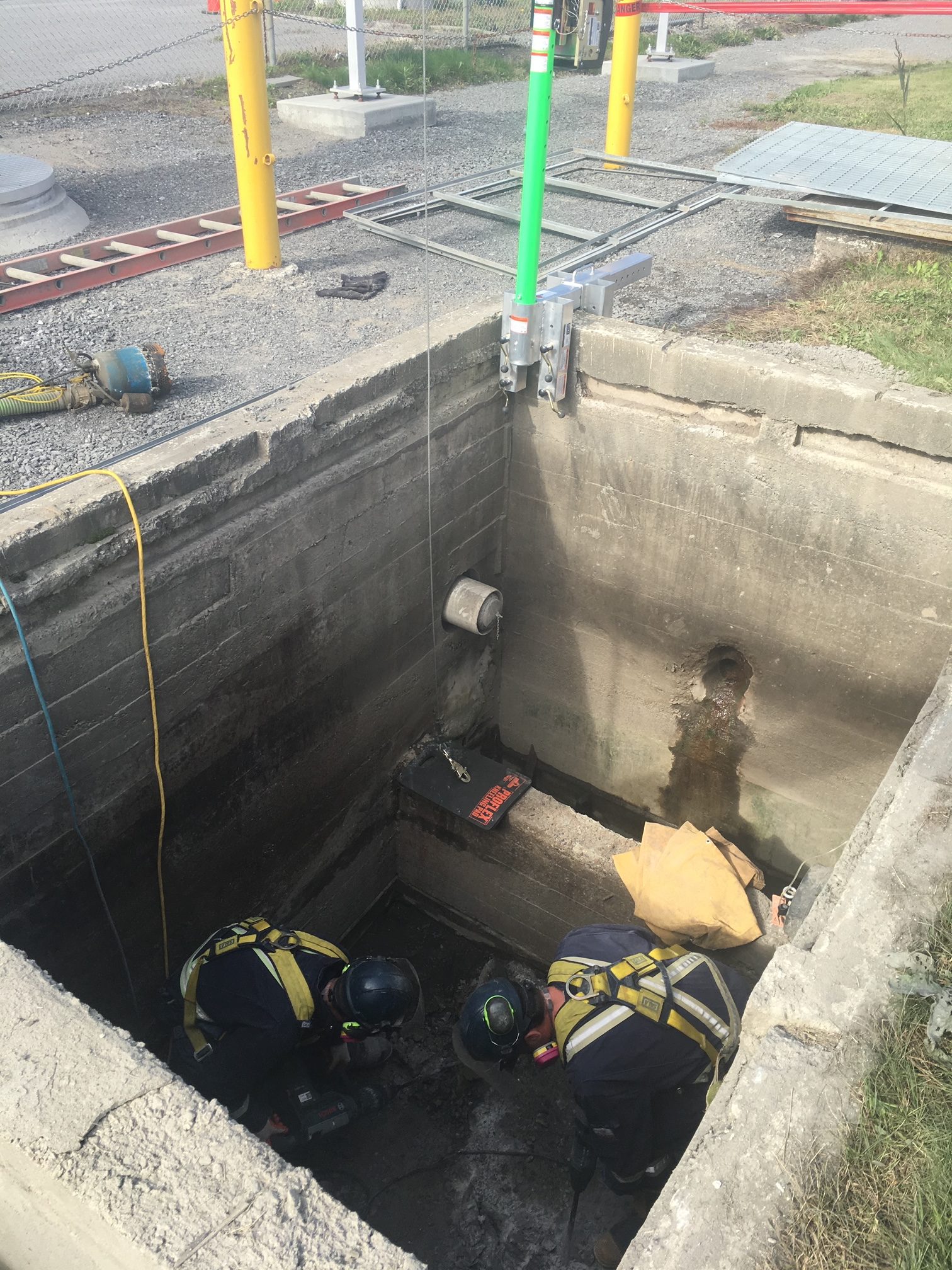
In terms of storing combustible materials, underground storage tanks seem to have long been the standard. On the face of it, it makes sense to have underground fuel tanks that are out of the way, with a solid barrier dividing them from people and property. They are therefore less likely to leak, ignite or cause harm.
But is the issue so cut and dry? Choosing the right kind of tank is a serious business. You must first assess whether the liquid you are handling is flammable or combustible. This is determined by the fuel flash point, which is the lowest temperature at which diesel or petroleum will ignite when exposed to a source of ignition.
Definitions of Combustible and Flammable
According to the National Fire Code of Canada (NFCC), combustible liquids fall into two categories: Class II, with a flash point between 37.8 and 60 degrees Celsius, and Class IIIA, with a flash point between 60 and 93.3 degrees Celsius. The flash point of diesel is between 52.2 and 95.5 degrees, but for petroleum, it is much lower, at -23 degrees. Clearly, diesel qualifies as combustible while petroleum is flammable, prone to igniting at a much lower temperature when exposed to a spark or flame, although its auto-ignition threshold is higher, at 280 degrees, while for diesel, it is 210 degrees. This is the same as jet fuel and slightly lower than kerosene.
Storage Requirements
The NFCC goes into considerable detail about the legal obligations for storing combustibles, both indoors and outdoors. However, it is concerned with issues such as air pressure, ambient temperature and the various stringent safety measures required to be in place. Nowhere does the code demand that combustibles are stored underground. One of the reasons for this is probably the recognition that it is not always practical, cost-effective or necessary.
Storing Diesel and Petroleum Above Ground
It is perfectly safe to use above-ground storage tanks for combustibles as long as you can be sure of their provenance and that they are supplied and installed by a reputable, qualified firm. In most cases, the installation will likely be customized to a client’s specifications.
Installing containers is straightforward. They are placed in either a horizontal or vertical position and bolted in place securely. Once a power supply is connected, it can operate as a portable storage solution.
Alternatively, if you need to store diesel in bulk, double-walled steel tanks are available in sizes from 1,000 to 20,000 gallons. Road freight companies frequently use these types of tanks.
If you do opt for above-ground tanks, they need to be fitted with emergency relief venting to reduce internal pressure in the event of a fire. Spill controls are also essential. Adopting all the prescribed contingency measures means that above-ground storage tanks are perfectly safe. In addition, they require less corrosion protection than underground tanks and are cheaper to install.
In our experience, there is nothing intrinsically safer about storing combustibles like diesel underground. Precautions, vigilance and high-quality materials are the key considerations.